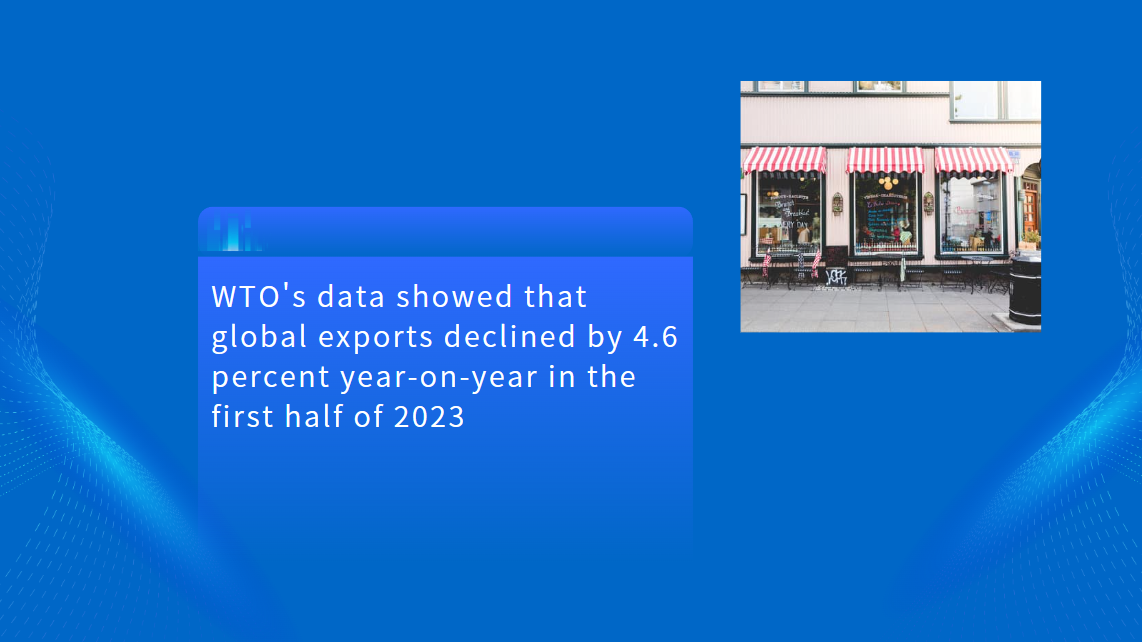Navigating the Flow: What China's March 2025 FX and Trade Data Signal for Global Business
As global financial markets recalibrate amid geopolitical shifts and economic fragmentation, China's latest foreign exchange and trade figures offer a revealing window into its economic resilience—and evolving role in the world economy.
The State Administration of Foreign Exchange (SAFE) recently released data for March 2025, underscoring notable growth in transaction volumes and international trade activity.
For international investors, financial institutions, and corporate strategists, these numbers are more than statistics—they are signposts for future opportunity and risk.
Robust Foreign Exchange Activity: Market Depth Expands
China’s foreign exchange (FX) market demonstrated remarkable vitality in March 2025. Total transactions reached RMB 26.99 trillion (equivalent to USD 3.76 trillion), a figure reflecting both rising domestic activity and growing integration with global financial flows.
Breaking down the figures:
The client market—comprising corporates and financial institutions—recorded RMB 3.77 trillion (USD 0.53 trillion) in transactions.
The interbank market—where banks trade among themselves—dominated, with RMB 23.21 trillion (USD 3.24 trillion) in turnover.
In product terms, the spot market accounted for RMB 9.50 trillion (USD 1.32 trillion), while derivatives trading—encompassing forwards, swaps, and options—reached RMB 17.49 trillion (USD 2.44 trillion).
For the first quarter of 2025, cumulative transactions amounted to RMB 71.23 trillion (USD 9.93 trillion), underscoring China’s position as one of the world's most active FX hubs.
Derivatives Drive Growth: Hedging Demand on the Rise
One notable trend is the faster growth of the FX derivatives market compared to spot transactions. Derivatives now account for roughly 65% of monthly turnover.
This reflects not only China's financial market sophistication but also rising demand for hedging instruments as corporates and investors navigate currency fluctuations, interest rate differentials, and geopolitical risks.
Implication for Global Firms:
The rising importance of derivatives points to a maturing risk management culture among Chinese firms. International banks with strong derivative structuring, pricing, and advisory capabilities are well-positioned to serve this demand—whether through offshore hubs or increasingly through onshore partnerships.
Trade in Goods and Services: Solid Momentum in March
China’s international trade figures for March 2025 revealed continued strength. Total exports and imports of goods and services reached RMB 4,270.4 billion, marking a 6% year-on-year increase.
Goods exports were RMB 2,127.7 billion, while goods imports reached RMB 1,524.3 billion, yielding a trade surplus of RMB 603.4 billion.
Services exports stood at RMB 239.3 billion, while services imports were RMB 379.1 billion, resulting in a services trade deficit of RMB 139.8 billion.
When measured in USD terms, China posted a goods and services trade surplus of USD 64.6 billion for March 2025.
What Stands Out:
The surplus in goods continues to underpin China's external balance strength.
The services deficit—driven largely by outbound tourism and transport payments—highlights the revival of Chinese overseas travel and logistic flows post-pandemic.
Sector-Specific Data:
Travel services transactions totaled RMB 175.1 billion.
Transport services reached RMB 162.6 billion.
Other business services (including consulting, engineering, and legal services) posted RMB 100.5 billion.
Telecommunications, computer, and information services stood at RMB 70.0 billion.
Global Relevance: China's Demand Reawakens
China's import rebound—especially in services—has important implications for foreign firms.
For airlines, shipping companies, hospitality providers, and business service firms, rising Chinese demand could be a pivotal growth lever amid slowing global consumption elsewhere.
Moreover, for multinational manufacturers and exporters, the solid goods trade numbers indicate that despite headwinds, China remains an indispensable node in global supply chains—both as a producer and as a market.
FX and Trade Together: Strengthening Resilience
Taken together, the FX and trade data highlight an important structural trend: China's financial and real economies are showing greater interconnection and resilience.
In a world increasingly marked by capital flow volatility, China's steady trade surplus and active FX markets help stabilize its external position—and by extension, the broader emerging market complex.
As noted by SAFE officials, maintaining "orderly and rational" cross-border capital flows remains a policy priority in 2025.
This policy stance, coupled with rising FX derivatives usage, suggests that China is preparing to handle more complex external shocks without resorting to heavy-handed interventions.




















































First, please LoginComment After ~